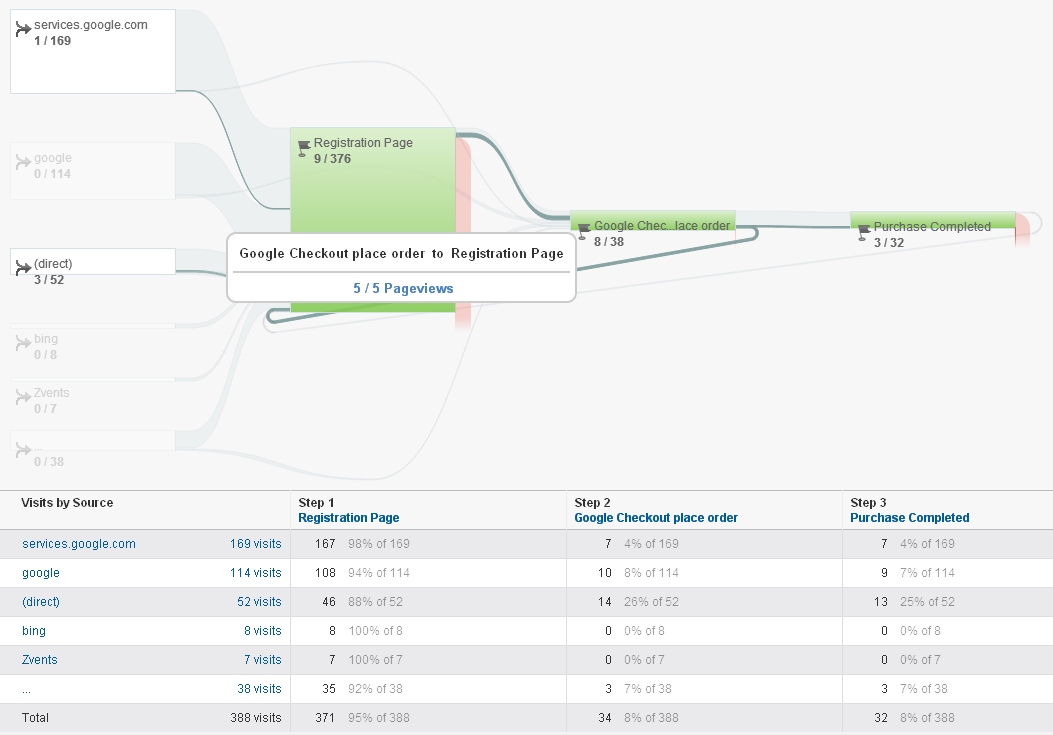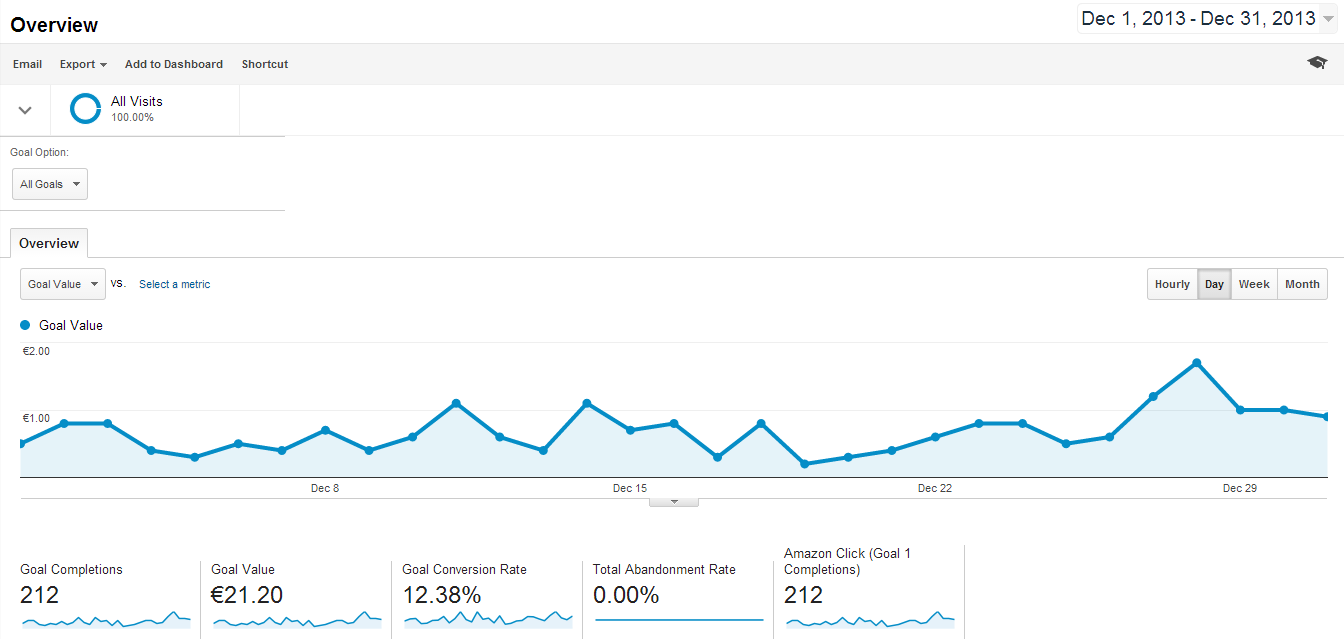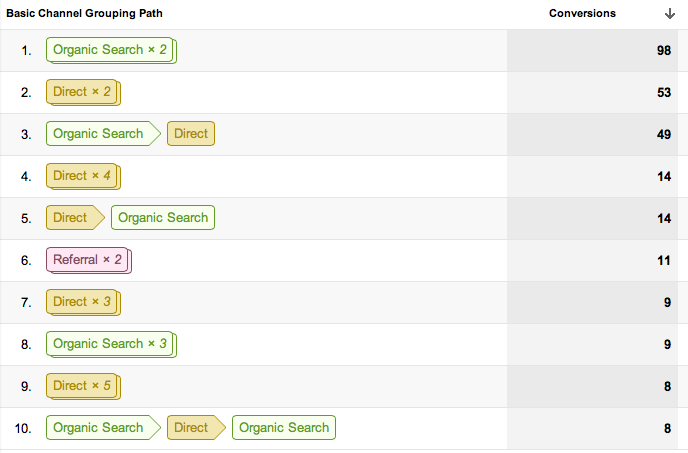Unveiling the Blind Attractions: Recognizing What Google Analytics Goals Can not Gauge
In the realm of electronic analytics, Google Analytics stands as a powerful device for tracking and analyzing on the internet user communications. Comprehending what Google Analytics objectives can not determine is crucial for acquiring a comprehensive view of individual actions and interaction.
User Habits on External Platforms
Comprehending exactly how users interact on exterior platforms is essential for optimizing online methods. Outside systems, such as social media networks, reference web sites, and on the internet forums, play a substantial duty in driving web traffic to a firm's web site. By analyzing customer behavior on these systems, organizations can get important understandings right into the effectiveness of their marketing initiatives and the preferences of their target audience.
One secret facet of user behavior on outside systems is the referral source. By tracking where the customers are originating from, services can recognize which systems are driving the most traffic to their internet site. This information can assist business designate their sources better, concentrating on the platforms that produce the best outcomes.

Offline Conversions and Communications
Assessing user behavior on outside systems provides beneficial understandings right into online techniques; however, thinking about offline conversions and communications is similarly vital for an extensive understanding of a company's total efficiency. While Google Analytics excels at tracking on the internet communications, it drops brief in capturing the complete client trip that commonly includes offline touchpoints. Offline conversions, such as in-store acquisitions or phone inquiries, play a considerable duty in several organizations' success. Overlooking these interactions can cause a distorted view of the performance of advertising campaigns and overall business efficiency.

Acknowledgment Beyond Last Click
When diving into the realm of electronic advertising and marketing analytics, it ends up being important to look beyond the single touchpoint of the last click for a more extensive understanding of attribution. While Google Analytics supplies important understandings into customer behavior, counting only on last-click attribution can be limiting - what data is google analytics goals unable to track. Attribution models that exceed the last click use an extra nuanced view of the customer journey, considering all the touchpoints that lead to a conversion
Acknowledgment past the last click allows online marketers browse around this site to designate debt to numerous interactions along the conversion path, providing a more clear photo of the performance of various advertising and marketing channels. By checking out multi-touch attribution designs such as direct, time decay, or position-based acknowledgment, businesses can better allocate their advertising and marketing budgets and optimize their strategies for optimal effect.
Comprehending the influence of each touchpoint in the conversion process is vital for making educated decisions and optimizing ROI. By welcoming attribution past the last click, organizations can gain deeper understandings into consumer behavior and customize their advertising efforts better.
Cross-Device and Cross-Browser Monitoring

Similarly, cross-browser monitoring matches cross-device tracking by capturing customer actions as they switch over between various internet internet browsers. Recognizing how individuals communicate with sites on different browsers can help marketers enhance their on the internet experiences to make certain uniformity and capability across various platforms.
Qualitative Information and Individual Intent
Understanding customer intent through qualitative data evaluation is critical for developing targeted electronic advertising and marketing methods that reverberate with the needs and choices of the target audience. Qualitative information supplies insights into the 'why' behind individual activities, shedding light on motivations, emotions, and choices that measurable information alone can not record. By evaluating user responses, remarks, and communications, marketing experts can discover important info regarding customer intent, enabling them to tailor their messaging, web content, and offerings to much better straighten with what their target market is looking for.
Qualitative information likewise helps in comprehending the context in which individuals engage with a site or application. This contextual understanding enables marketing experts to develop more relevant and individualized experiences, inevitably driving greater engagement and conversion prices. By diving into individual intent via qualitative data analysis, companies can visit our website gain a much deeper understanding of their target market, leading to much more effective marketing techniques that meet users' needs and expectations.
Verdict
To conclude, Google Analytics objectives have restrictions in gauging individual actions on exterior systems, offline conversions, acknowledgment beyond last click, cross-browser and cross-device monitoring, and qualitative data related to individual intent. what data is google analytics goals unable to track. It is very important for businesses to be conscious of these unseen areas in order to supplement their data analysis with various other devices and methods to get an extra comprehensive understanding of their audience and improve their overall digital marketing methods
By analyzing individual habits on these systems, companies can gain important insights right into the efficiency of their marketing initiatives and the choices of their target audience.
Evaluating customer habits on external platforms provides valuable understandings into online methods; nevertheless, considering offline conversions and interactions is just as crucial for a detailed understanding of a firm's overall performance.In digital advertising analytics, relocating beyond last-click attribution to explore cross-device and cross-browser tracking is important for obtaining a holistic understanding of customer interactions throughout numerous systems and gadgets. By evaluating user comments, remarks, and communications, marketers can reveal useful information about user intent, allowing them to tailor their messaging, web content, and offerings to much better straighten with what their target market is seeking.
By diving into user intent with qualitative information evaluation, organizations can obtain a deeper understanding of their target audience, leading to much more reliable advertising and marketing approaches that meet customers' expectations and demands.